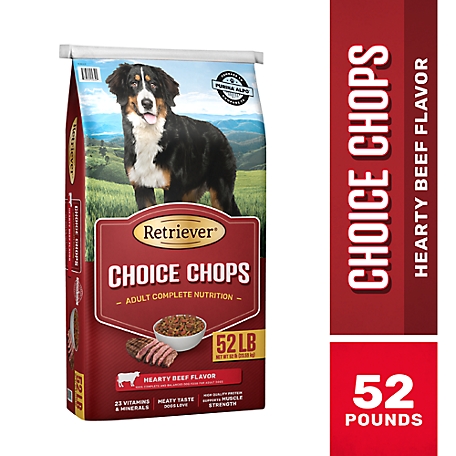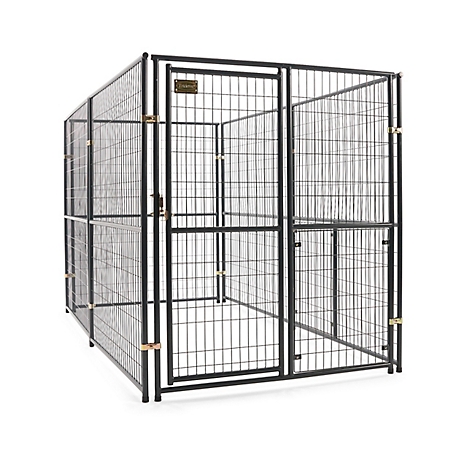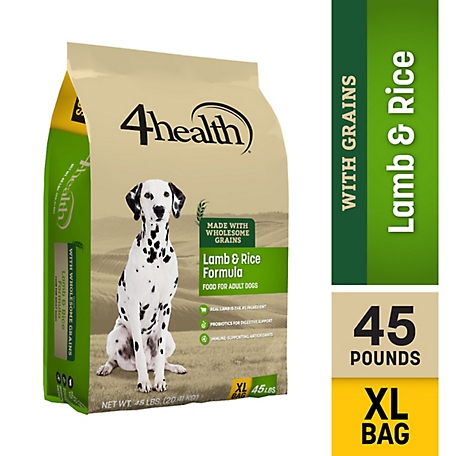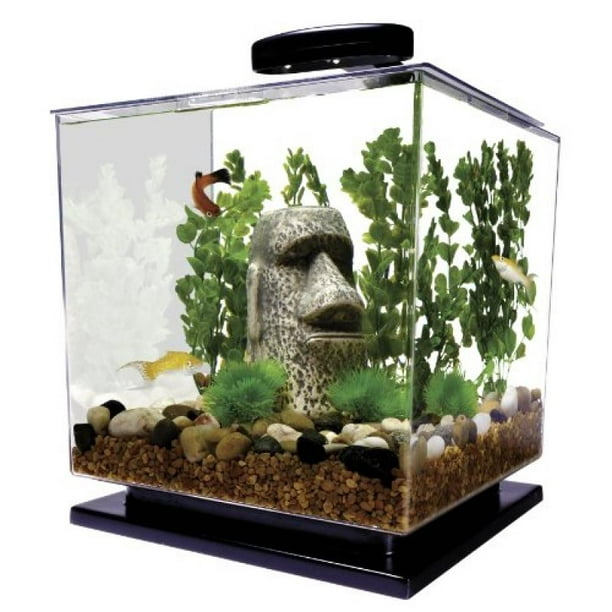Retriever 2-Door Metal Wire Pet Crate
-
( 4 Reviews )Rated 4.75 out of 5 based on 4 customer ratings04
- SKU: 129489799
Keep your dog safe when you’re not around with the Retriever 2-Door Metal Wire Pet Crate. Made of durable steel material for added strength, this pet crate comes with double doors for accessible convenience. The dog crate also includes a divider panel so your pup can grow with the crate, and it features a removable pan for easy, efficient cleaning.
Keep your dog safe when you’re not around with the Retriever 2-Door Metal Wire Pet Crate. Made of durable steel material for added strength, this pet crate comes with double doors for accessible convenience. The dog crate also includes a divider panel so your pup can grow with the crate, and it features a removable pan for easy, efficient cleaning.
- Great crate for dogs of all breed sizes and ages
- Made with durable steel construction for long-lasting use
- Double doors make it easy to access
- Divider panel allows the crate to grow with your pet
- Removable pan is included for easy cleaning
- Side-bolt latch is lockable to enable safety
- Designed to set up and fold down easily
- Rubber feet avoid sliding on floors
- Extra small dog crate measures: 24.5 in. L x 17.5 in. W x 19.5 in. H
- Small crate measures: 30.5 in. L x 19.5 in. W x 21.25 in. H
- Medium crate measures: 36.5 in. L x 22.75 in. W x 24.75 in. H
- Large crate measures 42.75 in. L x 28.5 in. W x 30.5 in. H
- Extra large pet crate measures: 48.75 in. L x 30.25 in. W x 32.5 in. H
- Imported
- Backed by a 1-year limited warranty
Additional information
| Breed Size | Small, Medium, Large |
|---|---|
| Crate Features | Removable Pan Included, Lockable, Double Door, Divider Panel |
| Indoor/Outdoor | Indoor |
| Life Stage | All Life Stages |
| Primary Material | Metal |
| Manufacturer Part Number | 2109T020 |











by Claire
Convenient 2nd door. Sturdy enough for my German shepherd. Removable tray for easy cleaning.
by Picky
This crate is great quality, was easy to put together, and a good value. Also, it was an easy and fast curbside pick-up!
by Dennis
We have an XLG and LG. They are a good Dog crate. The trays are not to sturdy but we also have Huskies so.
by Natascha
Upgraded my 50 lb Australian cattle dog / Husky’s kennel to this larger kennel and its perfect for her. Love that it comes with rubber pieces to help keep the metal from scratching the floor and handles to help carry/move the kennel. Wish I had found this kennel before I bought her old one, nearly the same price and this new, larger one gives her so much more room.